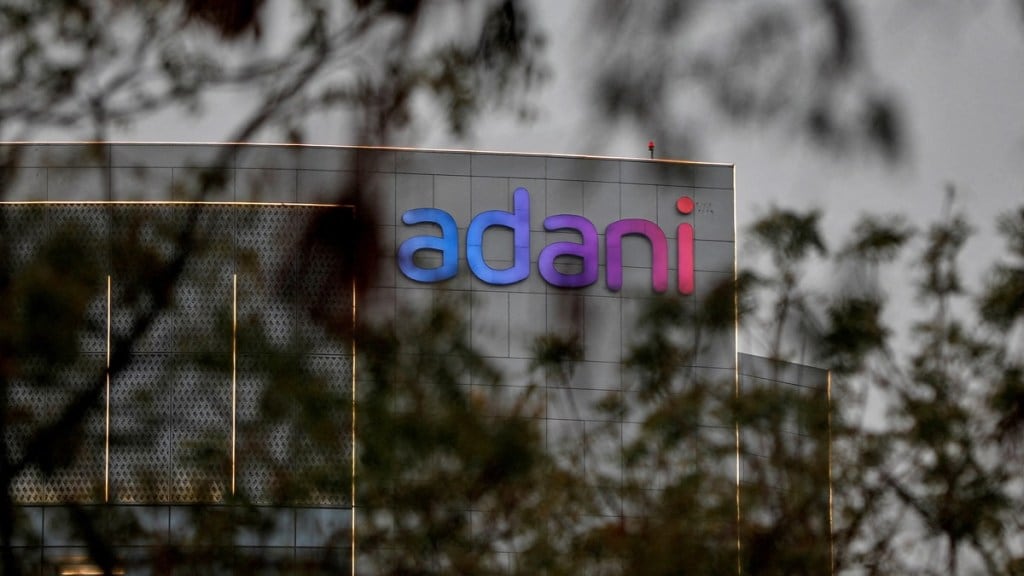Consumer goods company Adani Wilmar, best known for its Fortune brand of edible oils, is banking on its foods business as the next big growth driver, company CEO & MD, Angshu Mallick, said in a conversation with FE.
The company aims to double its revenue from the food and FMCG vertical within the next 3-4 years by capitalising on the transition from unbranded to branded products and by aggressively expanding distribution channels over the next few years, Mallick said. In FY24, the food and FMCG segment achieved a turnover of nearly Rs 5,000 crore, marking a two-fold increase in two years, he added.
According to analysts, the food and FMCG business accounts for 17% in volume and 10% in value for Adani Wilmar. While edible oil accounts for 62-63% of the company’s portfolio in terms of volume and 76% in value, they said.
“The focus for us will remain on branded staples and pulses. There is a huge runway for growth for us within these segments, given that they are essential to an Indian kitchen. Staples such as rice, wheat flour, pulses etc are sold in a loose condition in many parts of India. Branded shares are hardly 8-10% at an overall level,” Mallick said.
He further said that the direct distribution, which is at 0.72 million outlets for the company at the moment, will be expanded to about 1 million outlets over the next few years. Rural coverage, which is at close to 30,000 towns right now, will be taken to around 50,000 towns at the same time, he added.
“There is a tremendous opportunity in rural markets from the perspective of packaged foods consumption. For instance, 45% of our branded besan sales come from the rural market. 25% of our branded sugar as well as rice sales and 18% of our atta sales come from rural areas. This can only grow as we increase our presence in rural areas,” Mallick said.
Alternate channels such as e-commerce and quick commerce are also showing strong sales traction, mainly in urban areas, Mallick said, with overall revenue from these channels at close to Rs 2,700 crore in FY24. The overall growth rate of alternate channels, for instance, stood at 29% in FY24 versus the previous year, while e-commerce grew at the rate of 42% versus last year in FY24, which was ahead of modern trade, he added.


